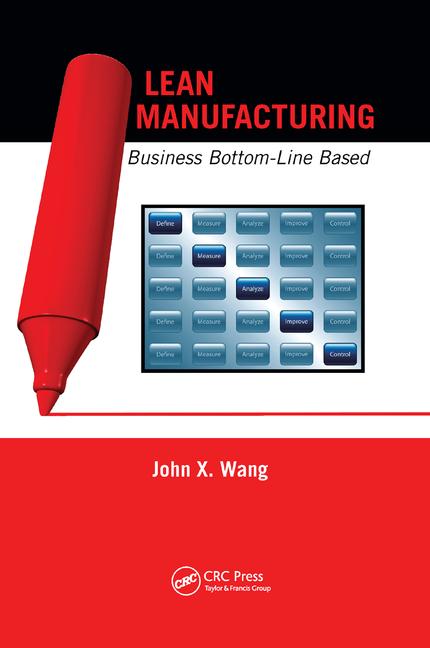Down the Line: Heads Up!
Researchers are busy trying to solve problems, such as glare and windshield curvature, that affect daylight readability. "Automotive displays need to deliver very bright images in small affordable packages, have a long lifetime and not generate heat," says Tom Sanko, vice president of marketing at Microvision Inc. (Bothell, WA). "Current projection technologies aren’t able to achieve most of these requirements."
Sanko’s company has been working with several major manufacturers, including Ford Motor Co. (Dearborn, MI), on a laser-scanning projection display project that addresses those issues. Prototypes are being tested in cars to determine the best viewing and ergonomics characteristics.
According to Sanko, the head-up projection system creates a very high brightness monochromatic image that appears only when the driver looks in a particular location. "The palm-sized display creates an image by precisely scanning a single beam of laser light at very high speed," he explains.
"The beam is projected through a rectangular lens that causes the image to appear in space when the viewer focuses on the selected location," adds Sanko. Such a display would allow the driver to view transparent images for daytime navigation information as well as night vision imagery by projecting the images off the windshield. Sanko expects to see HUD technology available in automobiles within 2 years.
Looking for a reprint of this article?
From high-res PDFs to custom plaques, order your copy today!







